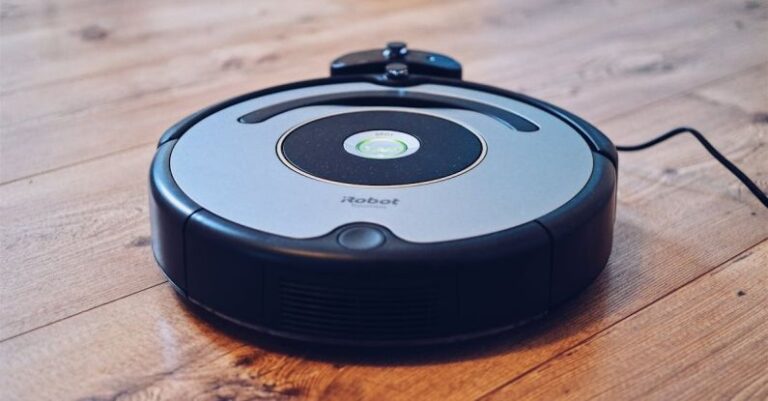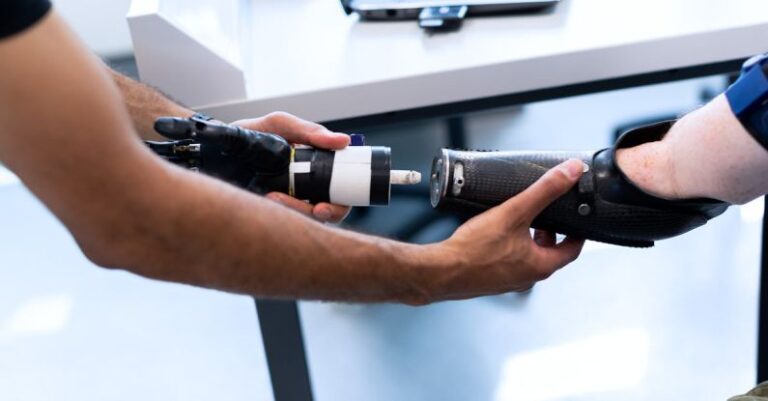
In today’s industrial landscape, the handling of hazardous materials poses significant challenges for workers and companies. The risks associated with these substances are well-documented, ranging from chemical burns to respiratory issues and even fatalities. To mitigate these risks and improve efficiency, industries are increasingly turning to robotics for hazardous material handling. Robotics technology has revolutionized the way hazardous materials are managed and handled, offering a safer, more precise, and efficient solution to this critical task.
### Enhancing Safety in Hazardous Environments
One of the primary reasons why robotics is being employed in hazardous material handling is to enhance safety. Traditional methods of handling hazardous materials often expose workers to dangerous substances, leading to potential health risks. By utilizing robotics, companies can significantly reduce the need for human intervention in hazardous environments, thereby minimizing the risk of accidents and exposure to toxic substances. These robots are equipped with advanced sensors and technology that enable them to navigate complex environments and handle hazardous materials with precision and care, ensuring the safety of both workers and the surrounding environment.
### Precision and Efficiency in Handling Hazardous Materials
Robotics technology offers unparalleled precision and efficiency in handling hazardous materials. Unlike human workers, robots are not susceptible to fatigue, distractions, or errors, making them ideal for tasks that require meticulous attention to detail. These robots can execute complex maneuvers and tasks with accuracy and speed, streamlining the handling process and reducing the risk of spills or accidents. By automating hazardous material handling processes, companies can improve productivity, reduce downtime, and ensure that materials are handled and processed efficiently, minimizing the potential for errors or mishaps.
### Remote Handling of Hazardous Materials
Another significant advantage of using robotics in hazardous material handling is the ability to remotely control and monitor the process. In many cases, hazardous materials are stored or processed in environments that are unsafe for human workers, such as nuclear facilities or chemical plants. Robotics technology allows operators to control the robots from a safe distance, utilizing cameras, sensors, and other technologies to oversee the handling process in real-time. This remote capability not only enhances safety by minimizing human exposure to hazardous substances but also enables companies to handle materials in environments that would otherwise be inaccessible or too dangerous for human workers.
### Adaptability to Various Hazardous Material Handling Tasks
Robotic systems designed for hazardous material handling are highly adaptable to a wide range of tasks and environments. Whether it’s the handling of toxic chemicals, radioactive materials, or other hazardous substances, robotics technology can be customized to meet the specific needs of different industries and applications. These robots can be equipped with specialized tools and attachments, such as grippers, sensors, and containment systems, to ensure safe and efficient handling of various types of hazardous materials. With their versatility and flexibility, robotic systems offer a scalable solution for companies looking to enhance their hazardous material handling capabilities.
### Ensuring Compliance with Regulations and Standards
Compliance with regulations and industry standards is a critical aspect of hazardous material handling. Failure to adhere to these guidelines can result in severe consequences, including fines, legal liabilities, and reputational damage. Robotics technology plays a crucial role in ensuring compliance with regulations by providing a standardized and controlled approach to handling hazardous materials. These robots are programmed to follow strict protocols and procedures, ensuring that materials are handled in accordance with the relevant safety guidelines and regulations. By incorporating robotics into their hazardous material handling processes, companies can demonstrate their commitment to safety and compliance, mitigating the risks associated with non-compliance and regulatory violations.
### Safeguarding the Environment and Public Health
The proper handling of hazardous materials is not only essential for the safety of workers but also for the protection of the environment and public health. Accidental spills or leaks of hazardous substances can have far-reaching consequences, including soil and water contamination, air pollution, and adverse health effects on nearby communities. Robotics technology plays a vital role in safeguarding the environment and public health by minimizing the risk of accidents and ensuring that hazardous materials are handled and disposed of safely and responsibly. By leveraging robotics for hazardous material handling, companies can reduce the environmental impact of their operations and contribute to a safer and healthier future for all.
### Embracing the Future of Hazardous Material Handling
As industries continue to evolve and innovate, the use of robotics in hazardous material handling is poised to become even more prevalent. The benefits of robotics technology in enhancing safety, precision, efficiency, and compliance make it an indispensable tool for companies looking to optimize their hazardous material handling processes. By embracing the capabilities of robotics, industries can not only improve the safety and reliability of their operations but also reduce costs, minimize risks, and enhance their overall productivity. As robotics technology continues to advance, the future of hazardous material handling looks brighter and more promising than ever before.
### In Summary
The integration of robotics technology in hazardous material handling represents a significant advancement in industrial safety and efficiency. By leveraging the precision, efficiency, and adaptability of robotic systems, companies can enhance the safety of their workers, improve operational processes, and ensure compliance with regulations and standards. The remote capabilities of robotics technology enable the handling of hazardous materials in challenging environments, while also safeguarding the environment and public health. As industries continue to embrace the future of robotics in hazardous material handling, the potential for innovation and improvement in this critical area is limitless.





